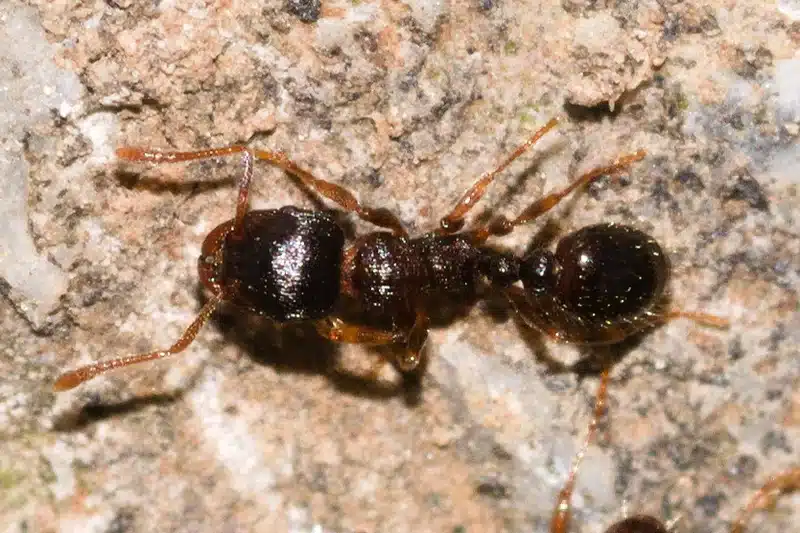Ants have become one of the most common complaints we get each spring. Most homeowners first notice them in the kitchen or bathroom, searching frantically for a quick solution. Many people turn to baking soda as a cheap, household remedy before calling a professional. While I’ve helped countless customers deal with ant infestations over the years, I’ve also heard from several who tried home remedies like baking soda first, hoping it would be a simple and inexpensive fix.
The question of whether baking soda kills ants deserves a detailed answer based on science, not just online rumors. From what I’ve seen with the larger kitchen ant problems that tend to crop up in our area, these DIY methods usually have limited effectiveness. Let’s examine what the research actually shows about using baking soda to kill ants.

The Science Behind Baking Soda as Ant Control
Understanding how baking soda kills ants requires looking at the chemistry involved. When ants consume baking soda, it reacts with the formic acid naturally present in their digestive systems. This reaction produces carbon dioxide gas, which can potentially rupture their internal tissues.
What does the science say?
Research from laboratory studies shows that baking soda can affect ant mortality through pH changes in their bodies. Studies on fire ants found that whole-body pH rose from 6.97 to 7.90 after exposure to baking soda, which correlated with increased mortality rates. The scientific evidence shows measurable physiological changes, though real-world effectiveness varies significantly from laboratory conditions.
The carbon dioxide gas produced when sodium bicarbonate meets formic acid creates internal pressure that can damage the ant’s exoskeleton and cause dehydration. However, this process isn’t instant and requires the ant to ingest a sufficient amount of the baking soda mixture.

Laboratory Evidence on Baking Soda Effectiveness
Laboratory research provides the most reliable data about whether baking soda actually kills ants. Studies testing different ant species show varying results depending on the concentration and exposure time.
For Argentine ants, researchers found that surface treatments required 3.96 mg per square centimeter to achieve 50% mortality over six days. Higher concentrations resulted in 89-99% kill rates, but fire ants required even higher concentrations and longer exposure periods.
When testing baking soda as a bait ingredient, scientists mixed 5% sodium bicarbonate in 10% sucrose solution. This mixture killed approximately 50% of Argentine worker ants in six days. Interestingly, higher concentrations weren’t more lethal, suggesting that bait palatability or physiological limits affect the results.
The research also compared baking soda to other common household pest control ingredients. Sodium salicylate and cinnamate powders consistently killed more ants than either boric acid or baking soda, showing that baking soda has middling potency at best.
How to Kill Ants with Baking Soda: Application Methods
If you decide to use baking soda despite its limitations, proper application is essential. The most common method involves creating a bait that tricks ants into consuming the sodium bicarbonate.
Creating an Effective Baking Soda Ant Bait
To mix equal parts baking soda and powdered sugar, combine them in a small container until well blended. The powdered sugar acts as an attractant since ants are attracted to sweet substances. Place small amounts in bottle caps or shallow dishes along ant trails.
Some people also try baking soda and vinegar combinations, but these are less effective since the reaction occurs outside the ant rather than internally. The vinegar neutralizes the baking soda before the ants can ingest it properly.
Strategic Placement Techniques
Place the baking soda mixed bait near entry points where you’ve observed ant activity. Focus on areas around doorways, window sills, and cracks where ants commonly travel. The goal is to intercept worker ants before they establish major scent trails.
Keep the mixture dry, as moisture inactivates the baking soda. Replace the bait every few days, especially in humid conditions. Remember that this method requires patience - it’s not an instant ant killer.
Essential Application Steps
- Mix Properly: Equal parts baking soda and powdered sugar, blended thoroughly
- Strategic Placement: Place along ant trails, near entry points, and around problem areas
- Keep Dry: Moisture neutralizes baking soda, so replace after rain or in humid conditions
- Be Patient: Allow 6-10 days for potential results, avoid disturbing the bait
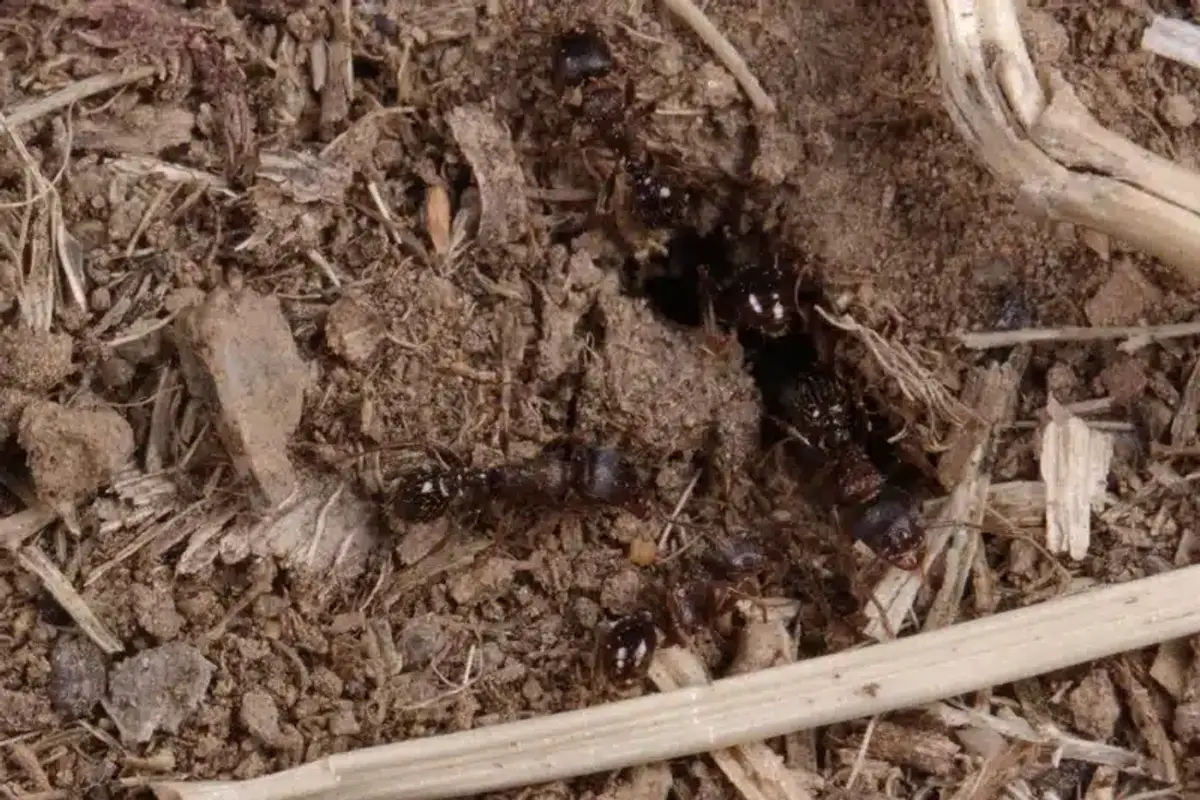
How Different Ants React to Baking Soda
Different species of ants respond differently to baking soda treatments. In our area, we commonly encounter several ant types that have varying food preferences and behaviors.
Odorous house ants, which are sugar-feeding insects, show better response to baking soda and sugar baits than other species. These ants create multiple satellite colonies, making complete elimination challenging even with professional treatments.
Carpenter ants prefer protein and fat sources over sugar, making them unlikely to consume sugar-based baking soda baits. For these larger ants, addressing moisture issues and structural problems proves more effective than any DIY baking soda remedy.
Fire ants require higher concentrations of baking soda and longer exposure times according to research. Their aggressive nature and large colony sizes make them particularly resistant to home remedies.
Comparing Baking Soda to Other DIY Methods
When evaluating baking soda as an insecticide, it’s helpful to compare it with other common household ant control methods. Each approach has different mechanisms and effectiveness levels.
Boric Acid vs Baking Soda
Boric acid consistently outperforms baking soda in laboratory tests. Recent hydrogel formulations using boric acid achieved over 90% kill rates in both lab and field conditions, dropping Argentine ant numbers by 99% within a week.
Unlike baking soda, boric acid doesn’t rely on internal chemical reactions. Instead, it disrupts the ant’s metabolism more directly, making it a more reliable option for homeowners seeking DIY solutions.
Diatomaceous Earth Applications
Food-grade diatomaceous earth works through physical rather than chemical means. The fine powder damages the ant’s exoskeleton, causing dehydration over 48-72 hours. However, it becomes ineffective when wet, limiting its outdoor applications.
While diatomaceous earth is messier than baking soda, it provides more consistent results against individual ants that walk through treated areas. Both methods share the limitation of not reaching the entire colony effectively.
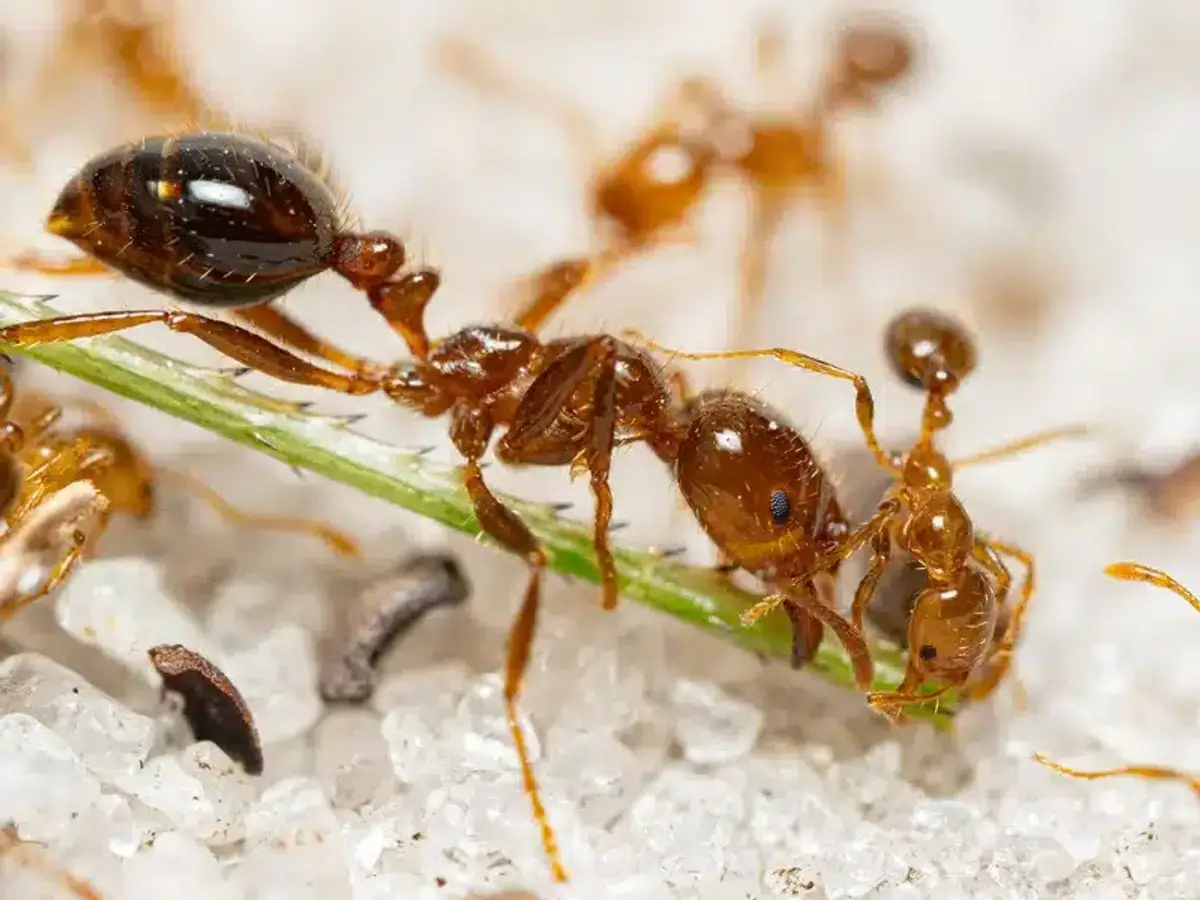
Professional Pest Control vs DIY Baking Soda
When dealing with an ant problem, understanding the difference between professional and DIY approaches helps set realistic expectations. Professional pest control offers several advantages over homemade ant control methods.
Professional Pest Control Treatment Results
Professional pest control technicians use non-repellent insecticides that ants unknowingly spread throughout their colonies. These products typically achieve over 99% colony reduction within 7-14 days, compared to the 50% effectiveness seen with baking soda in laboratory conditions.
Our approach involves identifying hot spots through detailed inspection, then applying targeted treatments both inside and outside the home. We focus on areas like bathrooms and kitchens where moisture and food sources attract ants.
Long-term Cost Considerations
While baking soda costs pennies per application, the labor and repeated treatments often erode those savings. Professional baits deliver more durable control with fewer applications, making them cost-effective for persistent ant issues.
Additionally, professional pest control includes warranties and callbacks if the problem persists. This provides homeowners with peace of mind that DIY methods simply cannot match.
Treatment Effectiveness Comparison
| Baking Soda DIY | Professional Treatment | |
|---|---|---|
| Effectiveness Rate | 50% (lab conditions) | 99%+ colony elimination |
| Time to Results | 6+ days (partial) | 7-14 days (complete) |
| Best For | Small sugar ant trails | All ant species & colonies |
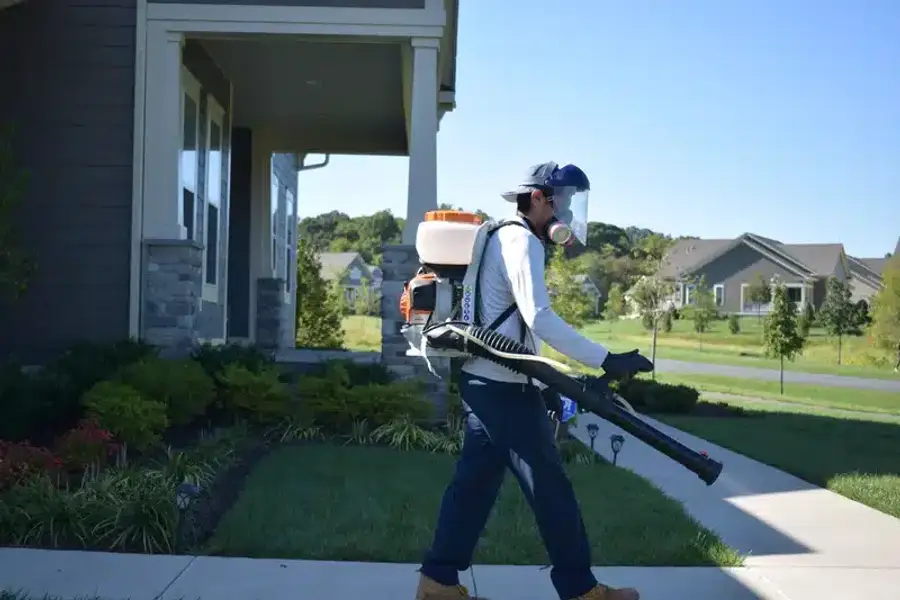
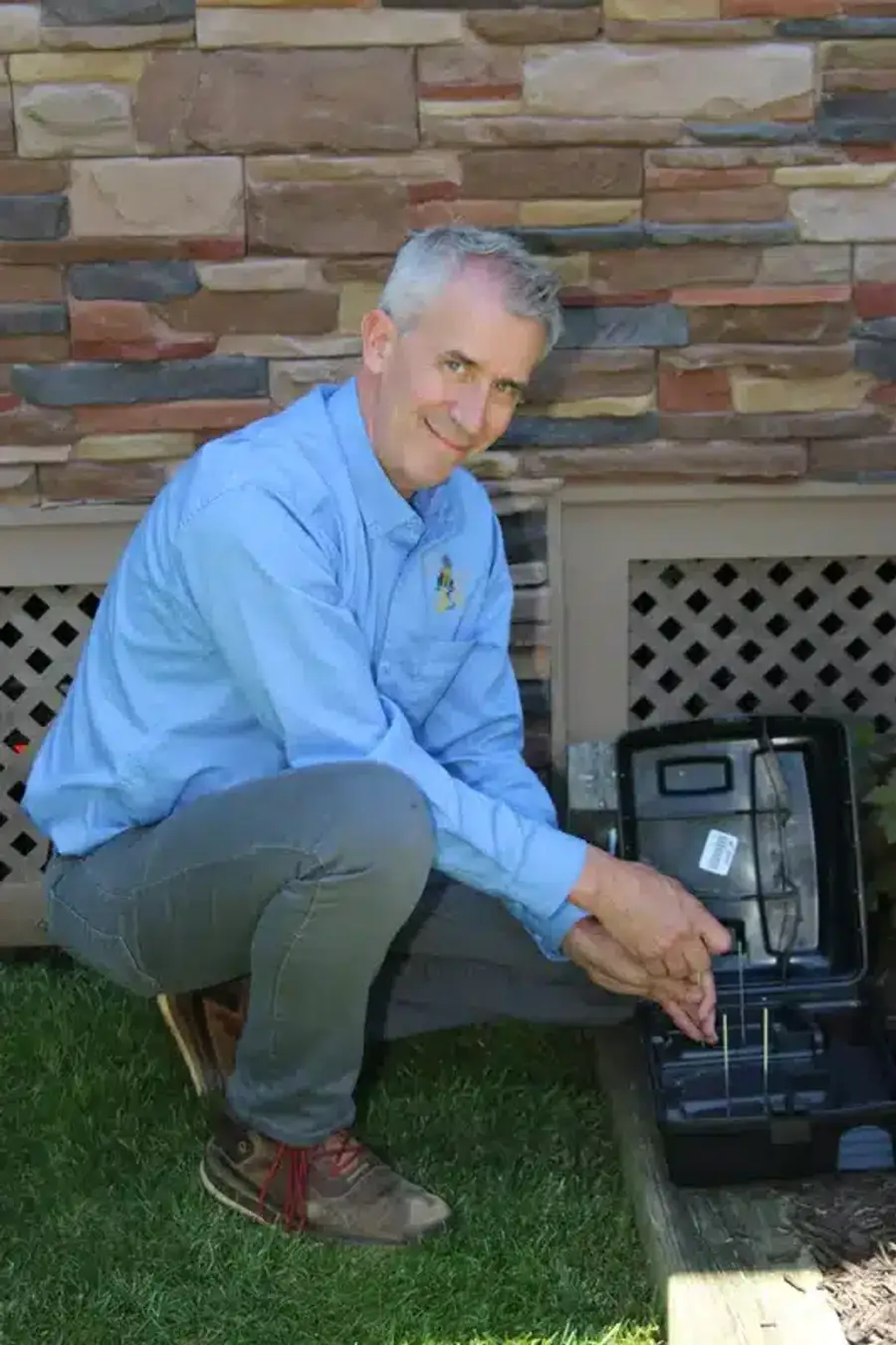
Limitations of Using Baking Soda to Kill Ants
Setting realistic expectations about using baking soda to kill ants prevents disappointment and helps homeowners make informed decisions. Several factors significantly impact the success of this DIY approach.
Weather conditions, competing food sources, and colony size all affect results. Humidity can neutralize baking soda before ants consume it, while abundant natural food sources may make your bait less attractive. Large, established colonies with multiple queens rarely succumb to baking soda treatments alone.
Baking soda might suppress small sugar-feeding ant trails over a week, but it seldom eliminates entire ant infestations. For structural pests like carpenter ants or medically important species like fire ants, professional inspection becomes necessary since baking soda serves as “first-aid” rather than a cure.
The method requires uninterrupted feeding for several days, and homeowners must avoid using repellent sprays that would divert ants from the bait. Most people lack the patience needed for this slow-acting approach.
When to Call Professional Pest Control
Recognizing when DIY methods like baking soda aren’t sufficient helps prevent small problems from becoming major infestations. Several warning signs indicate the need for professional intervention.
If you continue seeing ant activity after a week of consistent baiting, the colony likely exceeds what household remedies can handle. Similarly, if you notice ants in wall voids or structural areas, this suggests a more serious ant infestation requiring specialized treatment.
Large colonies, multiple ant species, or recurring problems despite repeated DIY efforts all warrant professional attention. Our registered technicians can identify the specific ant species and develop targeted treatment plans that address root causes rather than just visible symptoms.
For ongoing protection, we recommend tri-annual service visits (three times per year) that target seasonal pest activity. This proactive approach prevents minor ant issues from developing into major infestations that are harder and more expensive to resolve.
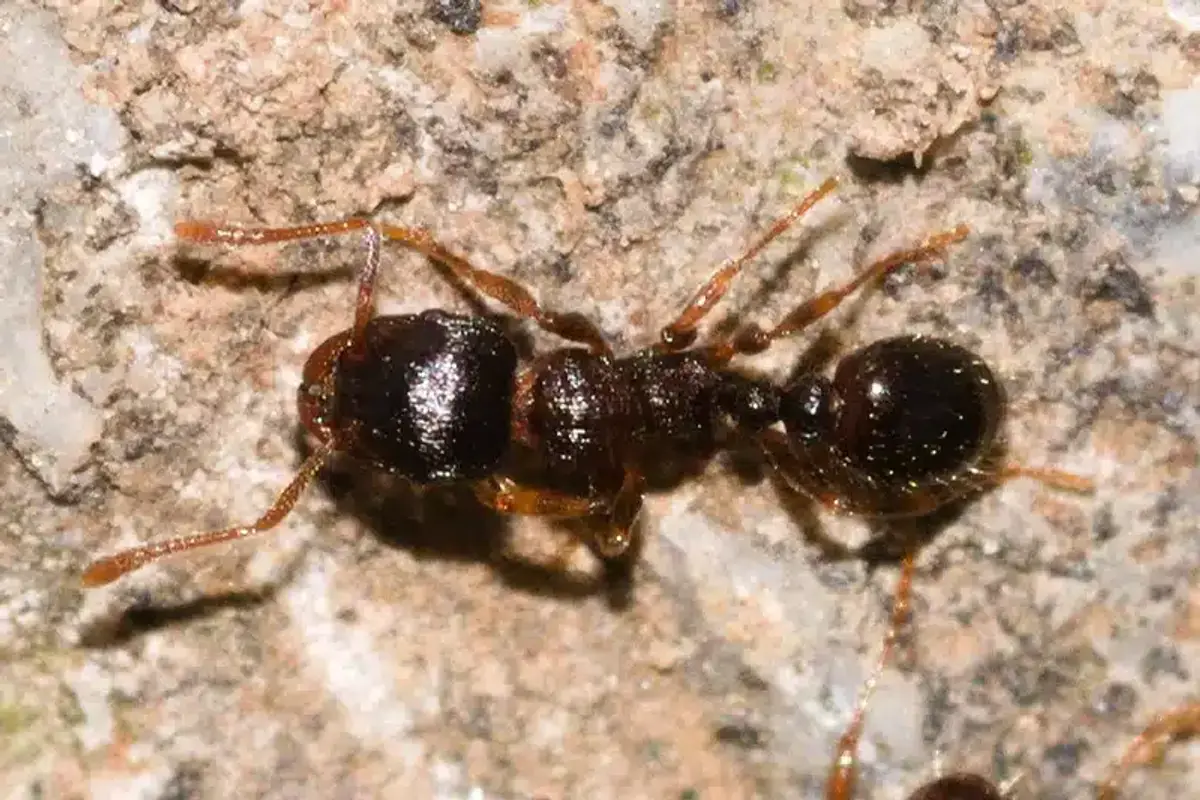
The Bottom Line on Baking Soda and Ants
Based on scientific research and field experience, baking soda kills ants under specific laboratory conditions but proves unreliable for real-world ant problems. The method works best against small numbers of sugar-feeding ants in controlled environments.
For homeowners facing minor ant activity, baking soda baits might provide temporary relief. However, don’t expect complete colony elimination or long-term results. The approach requires patience, perfect conditions, and cooperation from the ants themselves.
More effective solutions to get rid of ants include addressing moisture problems, sealing entry points, and removing food sources. When these preventive measures aren’t sufficient, professional treatments offer proven results that DIY methods simply cannot match.
If you’re dealing with persistent ant problems in your home, consider scheduling a professional inspection. Our experienced team can identify the specific challenges in your situation and recommend the most effective approach. Don’t let a small ant problem become a major headache - call us at 703-683-2000 or email us at info@bettertermite.com for a detailed consultation and treatment plan.
Frequently Asked Questions
Here are the most common questions homeowners ask about baking soda and ants.
How long does it take baking soda to kill ants?
+
Laboratory studies show that baking soda typically takes 6 days to achieve 50% mortality in test conditions. However, real-world results vary significantly based on factors like humidity, competing food sources, and ant species. Most homeowners see limited results within the first week of application.
What is the best homemade ant killer?
+
Boric acid baits consistently outperform other DIY options, including baking soda. Research shows boric acid achieves over 90% kill rates compared to baking soda's 50% effectiveness. Mix boric acid with honey or sugar to create an effective homemade ant bait, but always keep it away from pets and children.
Does baking soda work to keep ants away?
+
Baking soda primarily works as an ant killer rather than a deterrent. It doesn't create a barrier that keeps ants away from treated areas. For deterring ants, focus on eliminating food sources, sealing entry points, and maintaining clean surfaces rather than relying on baking soda as a repellent.
What insects does baking soda kill?
+
Baking soda can affect various insects that have acidic digestive systems, including some cockroaches and other small crawling insects. However, effectiveness varies greatly between species. Flying insects and larger pests typically aren't affected by baking soda treatments.
Is baking soda harmful to pets and children?
+
Baking soda is generally considered safe in small amounts, but large quantities can cause stomach upset or electrolyte imbalances. Keep baking soda and sugar baits away from areas where pets might consume large amounts. The mixture can be particularly dangerous for dogs that tend to eat sweet substances quickly.
Why isn't baking soda working for my ant problem?
+
Several factors can reduce baking soda effectiveness: moisture neutralizing the powder, competing food sources attracting ants elsewhere, wrong ant species that prefer protein over sugar, or colony size exceeding what DIY methods can handle. Large infestations typically require professional treatment for complete elimination.
Should I use baking soda for carpenter ants?
+
Carpenter ants prefer protein and fat sources over sugar, making baking soda and sugar baits largely ineffective against them. These ants typically indicate moisture problems or structural issues that require professional attention. Focus on identifying and eliminating moisture sources rather than trying DIY baits.
Can I combine baking soda with other pest control methods?
+
Avoid using repellent sprays or essential oils alongside baking soda baits, as these will prevent ants from consuming the mixture. However, you can combine baking soda treatments with sanitation efforts, sealing entry points, and eliminating moisture sources for better overall results.
With five years of hands-on experience in the pest control industry, George Schulz is a registered technician with the Virginia Pest Management Association and a proud third-generation professional in a family business that's been protecting homes for over 57 years. He manages and trains a team of service pros while also leading internal research efforts—recently spearheading a deep-dive review of thousands of documents on pest control materials to hand-pick the most kid and pet friendly, most effective solutions tailored specifically for homes in the DC metro area.
